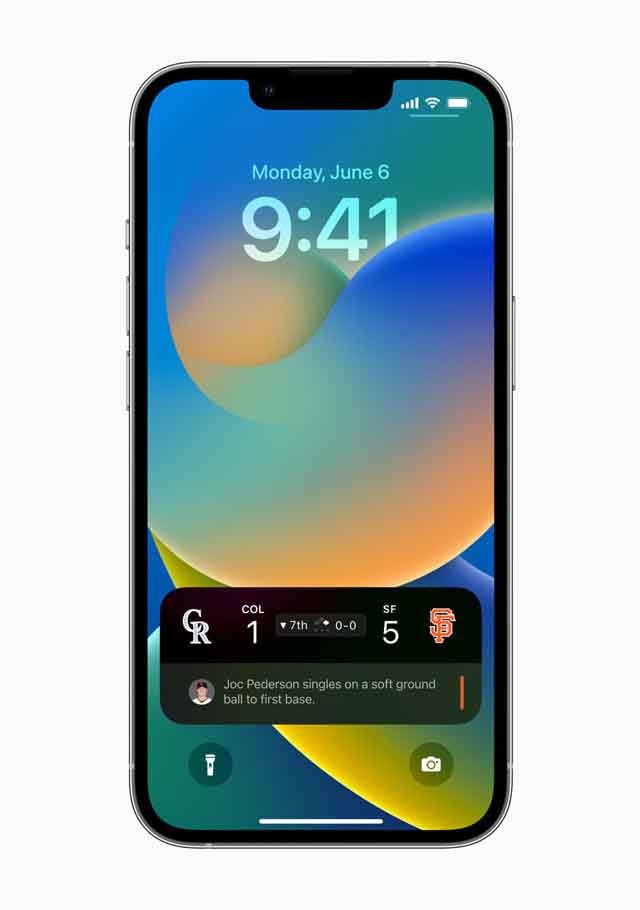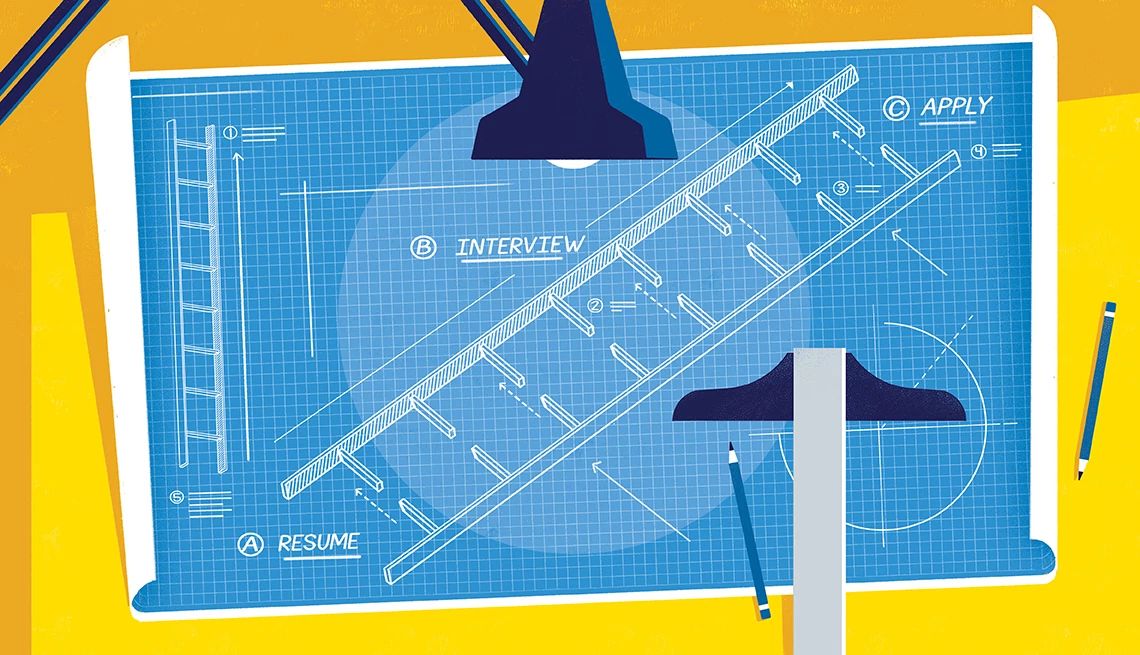AARP Hearing Center
Smartphone operating systems frequently have big updates, and sometimes significant updates to the updates. But you’ll need to make sure that your phone is new enough to take advantage of them.
In late October, Apple released iOS 16.1 software, which added new features and tweaked iOS 16 itself, which had been released roughly six weeks earlier. And that was shortly after Apple unveiled four new iPhone 14 and iPhone 14 Pro models on Sept. 7.
Google's own recent Pixel 7 and Pixel 7 Pro models arrived on Oct. 7 and were loaded with the latest Android 13 operating system.
You'll need the latest Apple hardware to get some of the new capabilities, including the iPhone's ability to detect a severe car crash in the same way that General Motors' OnStar or Toyota Safety Connect have done for more than a decade. A separate feature that lets you summon emergency SOS via satellite when you're in an area without cellular coverage or Wi-Fi also needs the new equipment.
An iPhone 14 starts at $799 with iPhone 14 Pro versions commanding $999 on up. Google's Pixel 7 starts at $599; the Pixel 7 Pro at $899.
For many of the fresh features, you won’t have to splurge on an expensive replacement for the handset you already carry. Instead, you can spice up your smartphone through the free software upgrades. iOS 16 is the latest version of Apple's operating system software for iPhones, and it's compatible with devices back to the iPhone 8, which debuted in September 2017.
Android 13, will work with 2019’s Pixel 4 and later models, not to mention partner devices from ASUS, Lenovo, OnePlus, Tecno, Xiaomi and others. Certain Samsung Galaxy phones also get what's known as One UI 5 software, an Android 13 overlay. But for now Android 13 is still only available on the Pixels.
To get iOS 16, open Settings on your phone, tap General | Software Update | Install Now. Here are some of the features you can look forward to. Keep in mind that some iOS and Android features and functions may differ by device.
Apple introduces several features


• Personalize your lock screen. You can personalize the lock screen on the iPhone in ways that go beyond changing the wallpaper. By tapping any element on the lock screen, you can edit color filters, fonts and background photos on the display, and swipe to sample different styles.
You might add subtle depth effects, such as having a picture of your grandchild appear in front of the time display. Or you might shuffle different photos throughout the day. As part of iOS 16.1, Apple added a Live Activities lock screen feature that will let you see sports scores, an Uber driver’s distance and other activities in real time through apps that support the feature.
You can also add widgets that show upcoming appointments, the temperature, battery levels and other at-a-glance information.





































































